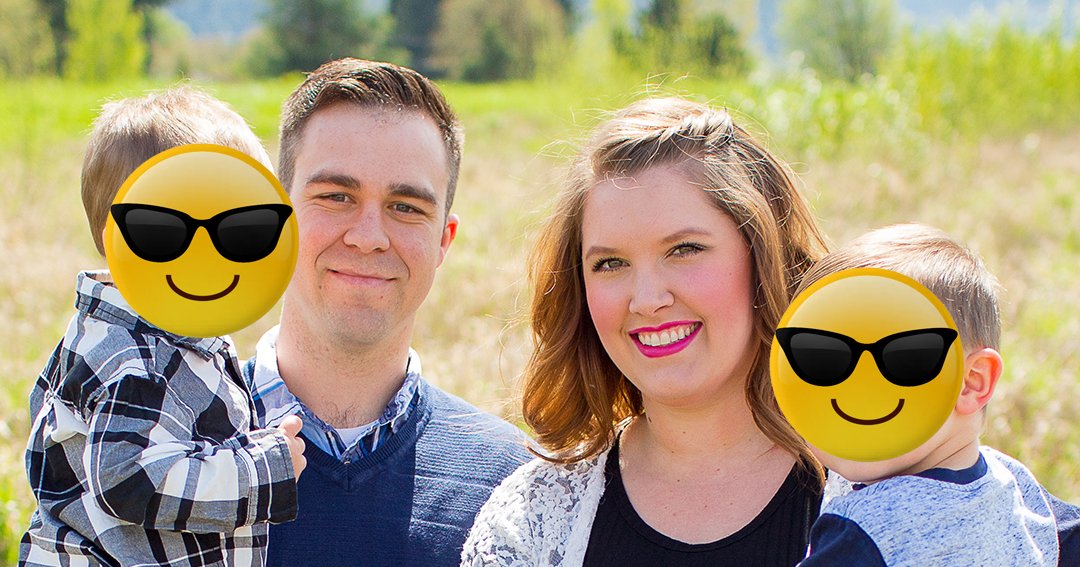For a long time, parents found comfort in posting pictures of their children online with their faces hidden by emojis. It seemed like a perfect compromise—sharing moments but protecting their kids’ identities.
But security experts warn this is misleading. Hiding faces with emojis does not prevent people from recognizing children. Backgrounds, clothes, or even timestamps can be connected to uncover who they are.
Lisa Ventura explained that this practice offers “virtually no real privacy protection.” Advances in technology can now even remove those emoji covers, exposing faces that parents thought were hidden.
Posting many photos over time adds to the risk, revealing schools, routines, friends, and neighborhoods through combined details. This information can be used for identity theft or harassment.
Christoph C. Cemper pointed out that fraud using children’s data can go unnoticed for years, and innocent photos are often used in harmful ways.
Another worry is that children don’t get to choose what parts of their lives are shared online. These photos stay in the digital world indefinitely and could harm future opportunities.
Experts suggest safer sharing methods—private chats, encrypted apps, or photos without faces. Parents are also advised to be cautious about what they share at all.
Ventura’s advice is simple: don’t post what you wouldn’t hand to a stranger. Online sharing means strangers can keep those images forever.
Though emojis mask faces, they don’t hide the bigger picture. Protecting kids means thinking carefully about what goes online.
Spreading this knowledge helps keep children safer across the world.


